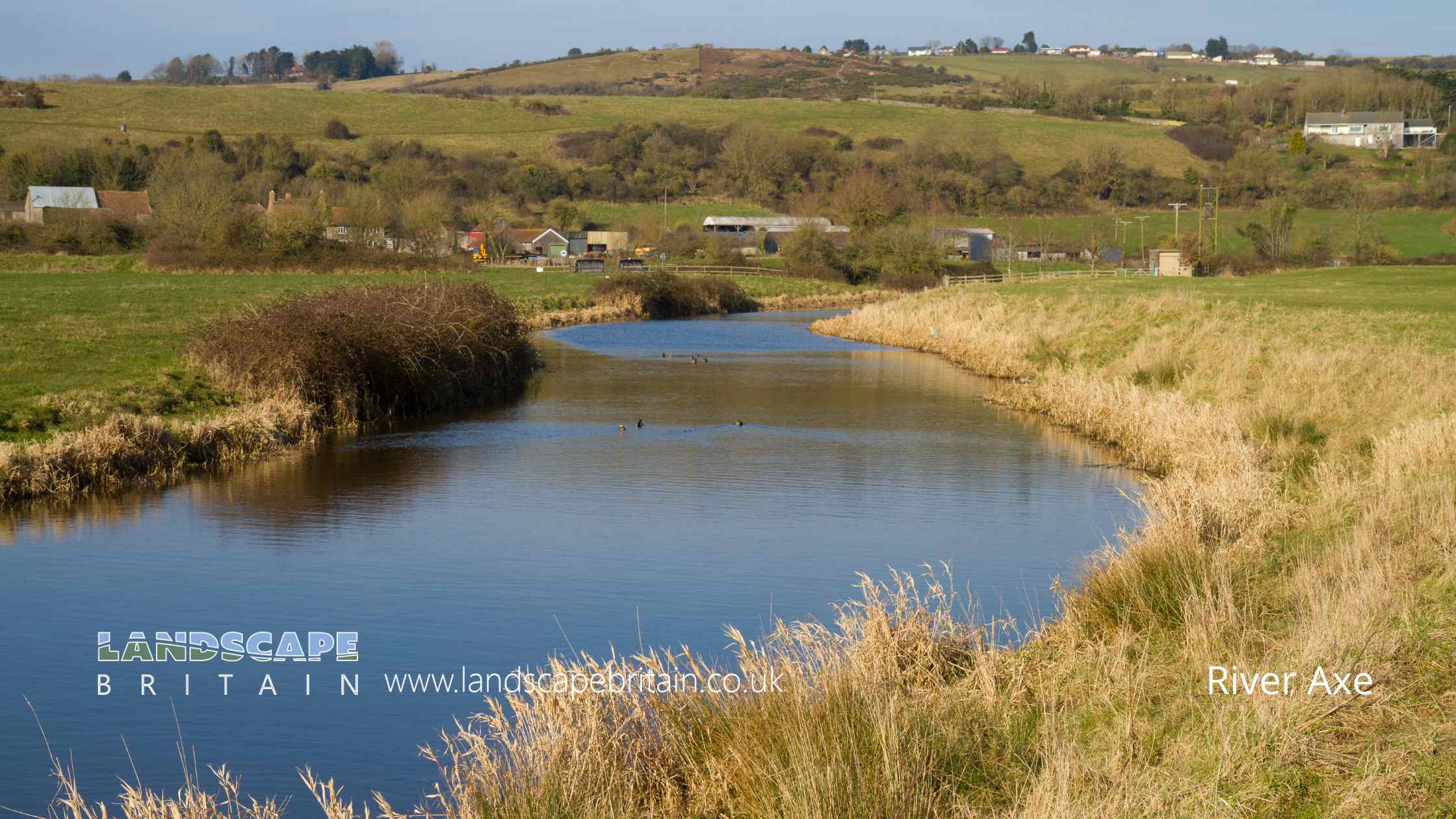
River Axe
River Axe
The River Axe is a picturesque waterway located in the county of Somerset, England. Flowing through the beautiful countryside, the river meanders for approximately 22 miles before reaching the Bristol Channel near the town of Uphill. With its scenic landscapes, rich biodiversity, and historical significance, the River Axe holds a special place in the hearts of locals and visitors alike.
The source of the River Axe can be found in the Mendip Hills, specifically on the southern slopes of Black Down, near the village of Priddy. From this point, the river begins its journey, swiftly carving its way through the stunning limestone valleys and gorges of Cheddar and Wookey. These areas are renowned for their natural beauty, attracting numerous outdoor enthusiasts and nature lovers.
One of the most notable features along the course of the River Axe is the Cheddar Gorge. This impressive limestone gorge is an iconic landmark in Somerset and is considered one of the most remarkable natural sites in the United Kingdom. The river has played a crucial role in the formation of this magnificent geological feature, with its persistent flow eroding the limestone over thousands of years.
As the River Axe continues downstream, it passes through charming rural landscapes, including fields, meadows, and woodlands. The surrounding countryside is teeming with wildlife, and the river provides an essential habitat for various species of plants, animals, and birds. Otters, kingfishers, and herons are just a few examples of the diverse wildlife that call the River Axe their home.
Historically, the River Axe has played a vital role in the local economy. In the past, it served as a significant transportation route, allowing goods to be transported to the coast for trade. It powered mills and provided water for agriculture, supporting the livelihoods of communities along its banks. Although its economic importance has diminished over time, the river’s cultural and recreational value remains paramount.
Recreationally, the River Axe offers a range of activities for visitors to enjoy. Fishing enthusiasts can try their luck at catching trout, salmon, and other species that populate its waters. Canoeing and kayaking are popular pastimes, allowing adventurers to navigate the river’s gentle currents and take in the scenic surroundings. Additionally, there are several walking trails and footpaths along the riverbank, providing opportunities for peaceful strolls and exploration of the surrounding countryside.
The towns and villages that line the River Axe, such as Axbridge and Axminster, are charming places to visit. They offer a glimpse into the region’s rich history and provide amenities for tourists and locals alike. The river’s influence can be seen in the architecture and heritage of these settlements, with many buildings situated near its banks.
In conclusion, the River Axe is a treasured waterway that showcases the natural beauty of Somerset. Its journey from the Mendip Hills to the Bristol Channel is a testament to the power of nature and the interconnectedness of the land and water. Whether it’s for recreational activities, wildlife observation, or simply immersing oneself in the tranquility of the countryside, the River Axe offers a delightful experience for all who encounter its gentle flow.
Created: 8 June 2023 Edited: 29 November 2023
River Axe
Axe - source to Cocklake Details
Axe - source to Cocklake
Axe - source to Cocklake is a river in Somerset
Axe - source to Cocklake takes in water from an area around 32.031 km2 in size and is part of the Brue and Axe catchment area.
Axe - source to Cocklake is 14.776 km long and has been heavily modified by industry in the past.
Axe - Cocklake to Brean Cross Sluice
Axe - Cocklake to Brean Cross Sluice is a river in Somerset
Axe - Cocklake to Brean Cross Sluice takes in water from an area around 66.893 km2 in size and is part of the Brue and Axe catchment area.
Axe - Cocklake to Brean Cross Sluice is 20.169 km long and is not designated artificial or heavily modified.



